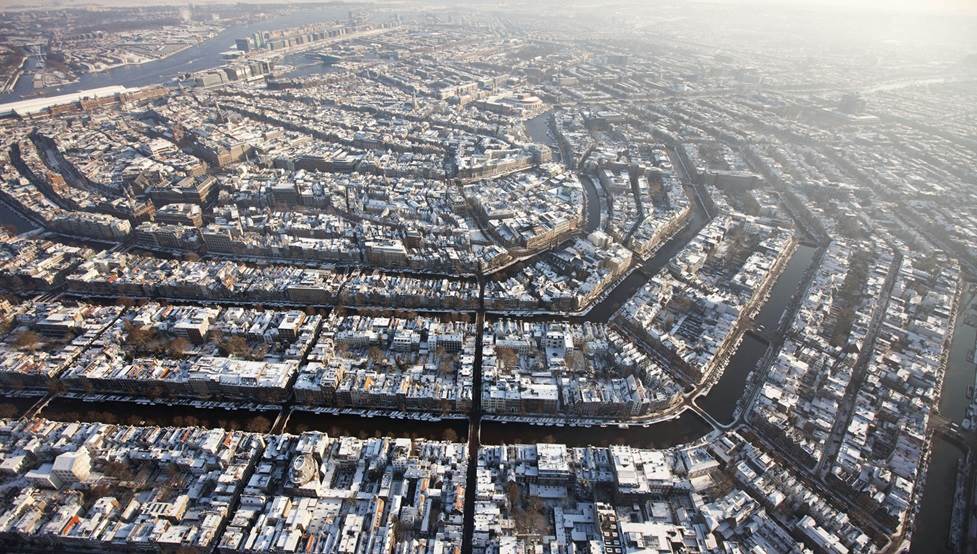Use cases
Hundreds of kilometers of canals in cities like Amsterdam provide a unique potential for tackling environmental challenges and creating smart cities.1 If used in a smart way, those canals can be used for both of the application areas, potentially taking away part of the burden from the roads and relieving the urban area.
The impact of autonomous and electric sailing will be investigated within TRiLOGy with the complete picture of transportation in the urban areas for both city logistics and mobility on demand (MOD).
TRiLOGy is expected to contribute to an effective use of waterways and liveability of cities with potential benefits in terms of
- sustainability with the use of electric vessels,
- safety with the developed autonomy, and
- efficiency with the optimization of transportation and logistics decisions.

City logistics
City logistics is emerging from urban deliveries and an efficient transportation of goods considering the impact on congestion, safety and environment is critical for a sustainable urban area.2 Last-mile logistics is usually considered as the part of logistics that is carried out in cities and it accounts for nearly 40% of the total delivery costs.3 This is increasing with the growth of user-centric logistics as the trend is towards direct-to consumer delivery rather than to retail stores (e.g., Picnic in the Netherlands).
The expansion of the infrastructure in order to deal with these trends in freight movements is often not possible in urban areas. Therefore, innovative ideas in terms of planning the operations are needed to relieve the pressure on cities and automation is one of the promising directions.4 Therefore, in a city like Amsterdam, the use of autonomous sailing for deliveries together with optimization-based logistics models is an innovative and sustainable approach.
Mobility on demand
MOD emerged with the advances in ICT and innovated the way people move in ever increasingly congested urban areas with different disruptive paradigms.5 Several app-based services are now existing (e.g., Uber, Lyft) and recent efforts are put into having those systems autonomously operating. There are various discussions on the true impacts of such systems on the environment and congestion and in the Netherlands, we have the potential to realize such services in a more sustainable way over water. Electric and autonomous MOD over water is therefore an innovative option to provide clean and safe mobility.
References
[1] Dickey T. Smart Water Solutions for Smart Cities. In: McClellan S., Jimenez J., Koutitas G. (eds) Smart Cities. Springer, Cham., 2018.
[2] Savelsbergh, M. and van Woensel, T. City logistics: Challenges and opportunities. Transportation Science, vol. 50, no.2, pp. 579–590, 2016.
[3] SDC. Overcoming Last-Mile Delivery and Urban Logistics Obstacles, 2017. (link)
[4] Trend Research DHL. Logistics trend radar: Delivering insight today, creating value tomorrow! DHL Trend Research, Troisdorf, Germany, 2014.
[5] Clewlow, R. R. and Mishra, G. S. Disruptive transportation: The adoption, utilization, and impacts of ride-hailing in the United States. University of California, Davis, Institute of Transportation Studies, Davis, CA, Research Report UCD-ITS-RR-17-07, 2017.
[6] Waymo. Waymo’s fully self-driving vehicles are here, 2017. (link)